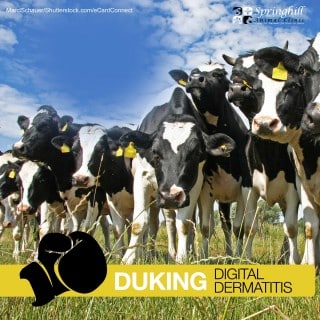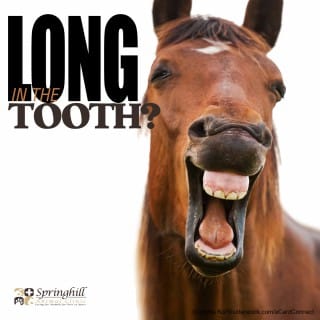Navel ill is a bacterial infection of the umbilical cord. It commonly occurs when calves are born in unsanitary environments or placed in wet, muddy environments before the naval cord has closed. While still open to the environment following birth, bacteria enter the blood vessels of the umbilical cord and contaminate them. It can occur as early as the first two days following birth. If the infection only involves the navel, it usually appears enlarged and wet. Left untreated, this infection can spread through the calf’s blood to the rest of the body. Often the infection will settle in the joints and result in joint ill.
A calf afflicted with joint ill will have tender, swollen joints and may limp or hobble as she walks. The calf may have an elevated temperature while the bacteria spread. Depression and loss of appetite often accompany infection. Cloudy eyes and diarrhea are also possible symptoms.
A successful outcome for the calf is dependent on how far the infection has progressed. Treatment with antibiotics for several days, possibly accompanied by surgical removal of the infected navel area, has a good chance of success if the infection is still isolated to the navel area. Once the infection has progressed to involve the joints, treatment must be much more aggressive and the prognosis for a good outcome is less positive. If it is important to attempt to save the calf, it is imperative the infection be fully eradicated and that supportive treatments such as flushing infected joints, heat lamp use and adequate nutrition be employed to assist recovery. And it goes without saying that the calf must be kept in a clean, dry environment throughout treatment.
The best prevention of both navel and joint ill is ensuring your calves are born in a clean, dry environment, ensuring they consume enough colostrum for adequate passage of antibodies from the dam and dipping navels in iodine. Colostrum consumption can be assisted by breeding for minimal delivery complications as calves born with no or minimal assistance have been shown to consume greater quantities of this first milk following birth.
If you have any questions about effectively preventing navel and joint ill in your calves, please contact us.


